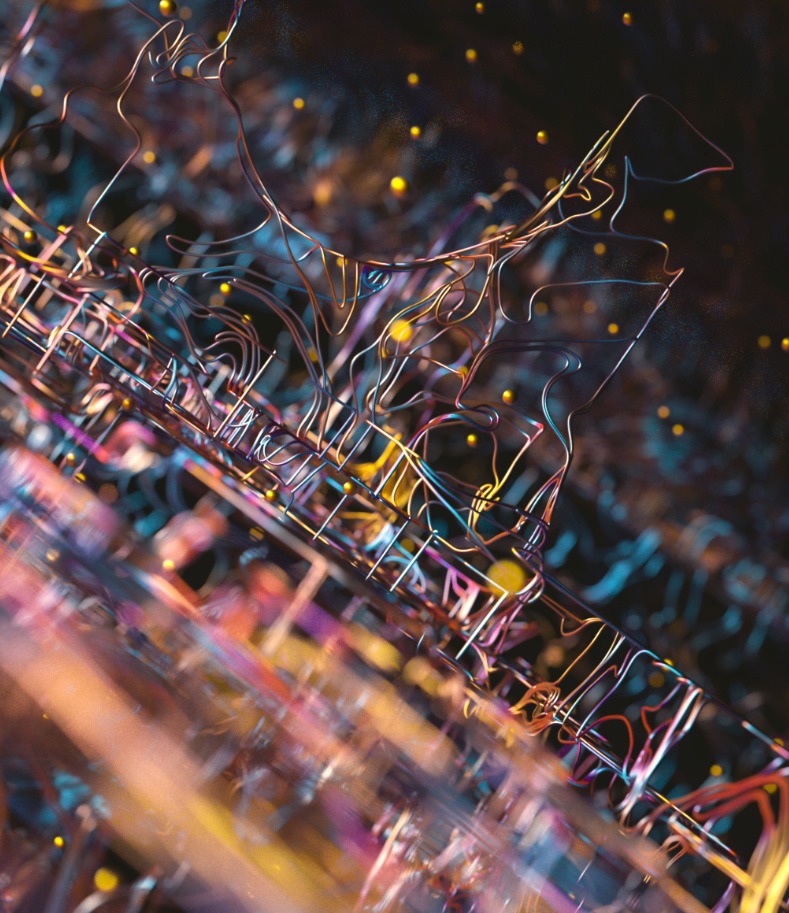You may not know it, but Otoy’s OctaneRender is an image renderer behind some cool film visuals like the opening of HBO’s Westworld, along with TNT’s The Alienist. And at the Game Developers Conference in San Francisco, Otoy is announcing that the Octane 4 update will merge game engine features into it, enabling game developers to create some awesome graphics.
Octane is a graphics-processing-unit (GPU) accelerated renderer, which uses the graphics card in a computer to render photorealistic images super fast. It can create high quality images at speeds up to 50 times faster than central-processing-unit renderers. It now supports the Unreal and Unity game engines, and Otoy is bringing its Brigade game engine into Octane 4.

Unlock premium content and VIP community perks with GB M A X!
Join now to enjoy our free and premium membership perks.
![]()

![]()